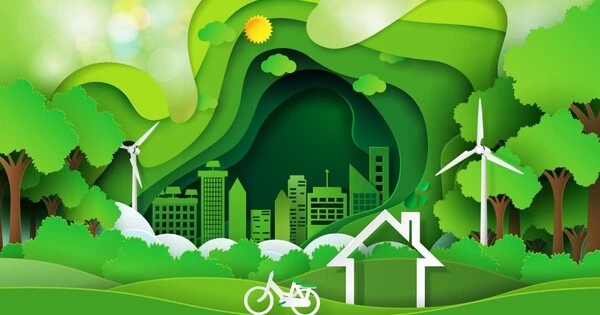Environmental protection is the activity of individuals, groups, and governments protecting the natural environment. It is the practice of maintaining and protecting the natural environment and its resources from degradation, pollution, overuse, and other detrimental actions that can impair ecosystems, biodiversity, and human health.
It entails a wide range of behaviors and policies aimed at fostering sustainability and guaranteeing that future generations can live in a clean, healthy, and stable environment. Its goals are to protect natural resources and the current natural environment, as well as to repair harm and reverse trends when possible.
Key aspects of environmental protection include:
- Conservation of Natural Resources: This entails the proper management and long-term utilization of natural resources such as water, air, soil, forests, minerals, and biodiversity. Conservation initiatives are intended to prevent resource depletion and to promote the use of renewable and efficient resources.
- Pollution Control: Its activities are aimed at lowering pollution from a variety of sources, including as industrial pollutants, automobile exhaust, agricultural runoff, and improper waste disposal. This may entail implementing rules, technologies, and behaviors to restrict pollution emission into the environment.
- Habitat Preservation: Protecting natural habitats and ecosystems is critical for biodiversity conservation. Conservation initiatives strive to protect endangered species’ habitats, avoid habitat fragmentation, and rehabilitate damaged ecosystems.
- Climate Change Mitigation: Addressing climate change is a critical component of environmental protection. This includes efforts to reduce greenhouse gas emissions, transition to renewable energy sources, and adapt to the changing climate.
- Waste Reduction and Recycling: Reducing the generation of waste and promoting recycling and composting are essential for minimizing the environmental impact of waste disposal. This also includes reducing single-use plastics and promoting sustainable packaging.
Environmental Education and Awareness
Raising public awareness and educating individuals about environmental issues are critical for cultivating a sense of responsibility and encouraging sustainable behavior. Governments and international entities frequently pass laws and regulations to enforce environmental standards and make individuals, businesses, and organizations accountable for their environmental impact. Through grassroots initiatives, conservation projects, and sustainable land use practices, local communities frequently play an important role in environmental protection.
Environmental protection efforts are critical for safeguarding the long-term health and well-being of both ecosystems and human communities. A basic notion in modern environmentalism is sustainable development, which tries to combine economic growth with environmental conservation and social equality. Individuals, corporations, governments, and organizations all have roles to play in environmental protection, and global environmental concerns require collaborative response.
The biophysical environment is being destroyed, perhaps permanently, as a result of the demands of overconsumption, population increase, and technology. This has been recognized, and governments have begun to impose restrictions on activities that harm the environment. Environmental movements have raised awareness of the many environmental issues since the 1960s. Because there is disagreement on the amount of human activity’s environmental impact, protection measures are periodically debated.
















